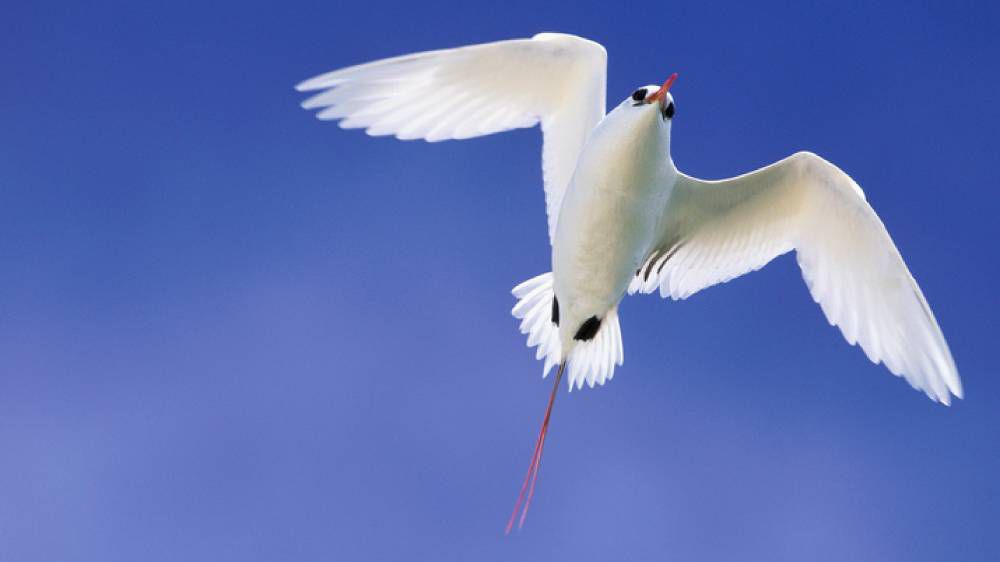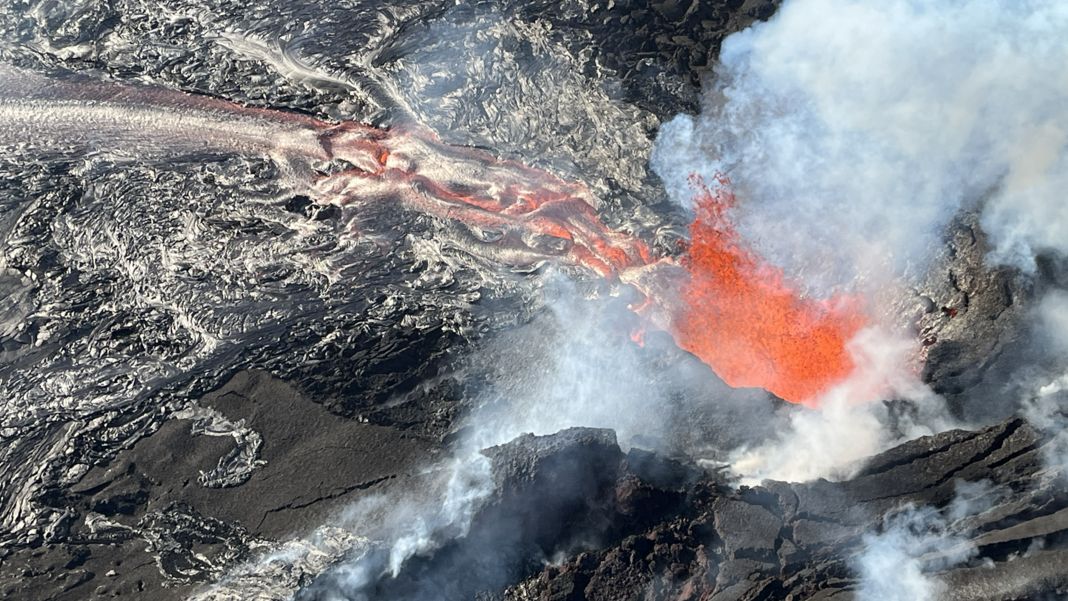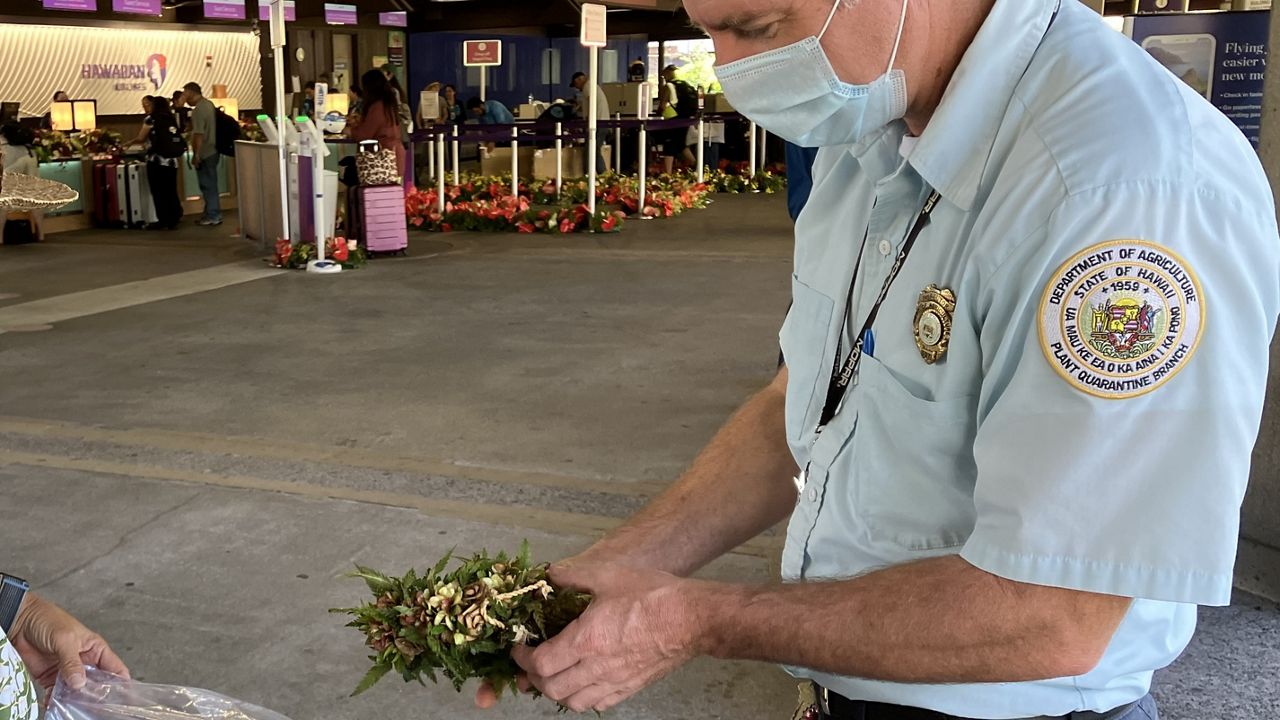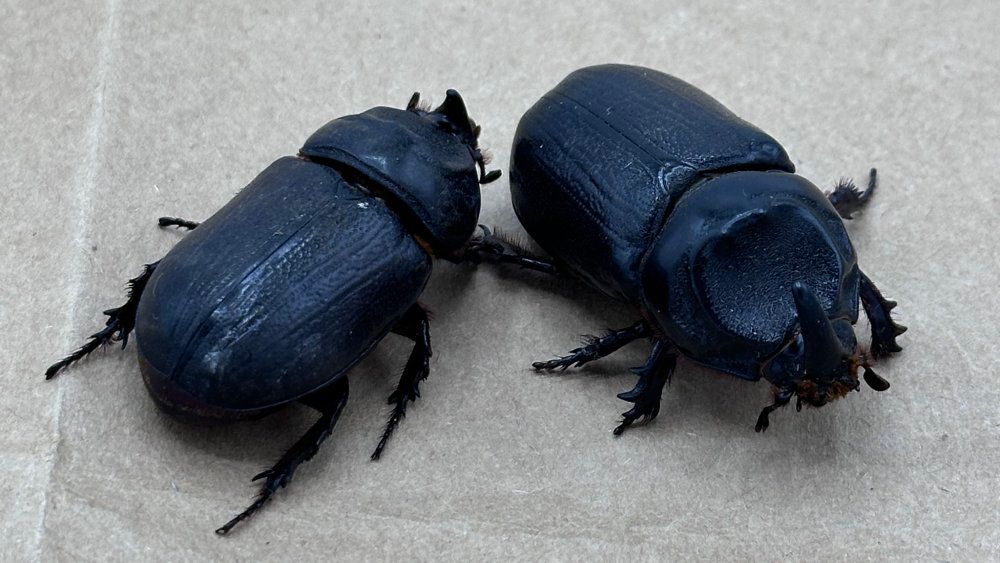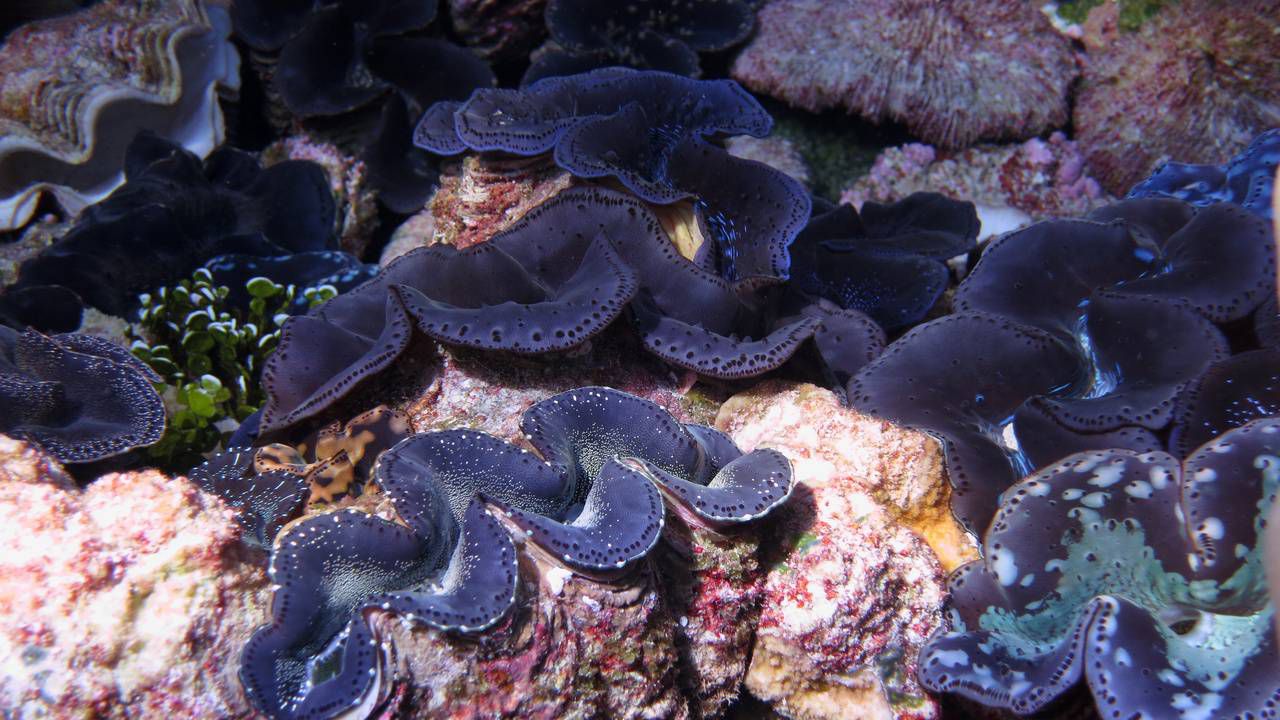Home to nearly 1.5 million seabirds of 15 species, including the world’s largest colony of Red-tailed Tropicbirds, Johnston Atoll National Wildlife Refuge is again being eyed by the U.S. military, this time by the Department of the Air Force as the future site of two commercial rocket landing pads.
According to a release by the American Bird Conservancy, the DAF recently issued a notice of intent proposing to build and operate the rocket landing pads with 10 rocket landings per year.
“Installing rocket landing pads on Johnston Atoll cannot occur without significantly disrupting wildlife and harming the important bird colonies found there,” said ABC President Michael J. Parr in the release. “Decades of U.S. conservation investment have made this a crucial nesting haven for many seabirds — which are among the fastest declining and most endangered groups of birds worldwide.”
Known to the Native Hawaiian people as Kalama Atoll, Johnston Atoll is one of most isolated coral reef atolls in the world, located roughly 715 nautical miles southwest of Hawaii.
Johnston Atoll has served as a military base and wildlife refuge. First designated as a refuge for native birds in 1926, the atoll was later desecrated by the testing of nuclear weapons, stockpiling of Agent Orange and the disposal of chemical weapons. The military left in 2004 after removing most buildings and closing the airstrip. Boat transport then became the only way to access the atoll, which to this day remains under the jurisdiction of the U.S. military.
After the military’s departure, the U.S. Fish and Wildlife launched programs to restore the refuge, according to ABC. One of those included the eradication of invasive species such as the Yellow Crazy Ant that was introduced through human transport. The ants swarmed over ground-nesting seabirds, often killing them. After 11 years, the ants were finally successfully eradicated in 2021.
Since humans have vacated the area, the atoll has become an essential nesting habitat for tropical seabird species including the Red-footed Booby (ʻā), Red-tailed Tropicbird (koaʻeʻula) and Sooty Tern (ʻewaʻewa). The ABC says adult seabirds fly thousands of miles nonstop over open water searching for food. For many of them, the atoll is the only terrestrial seabird nesting habitat they know in over 570,000 square miles of ocean.
“Johnston is one of the few bright spots around the world where seabird populations have actually been increasing,” said Brad Keitt, Oceans and Islands Director at ABC. “While numbers on Johnston are going up, seabird populations globally have declined by more than 70% since 1950. Seabirds need undisturbed islands without invasive predators to breed, and there simply are not that many places like this remaining in the world.”
Providing a safe place and leaving them alone is the trick to getting seabirds to thrive. Johnston’s seabird colonies have made a significant recovery since 2004, with Red-footed Boobies now numbering over 5,000 pairs at the atoll, making it one of the most critical colonies in the Central Tropical Pacific for this species. The Red-tailed Tropicbird has made the largest recovery of Johnston’s bird populations — they number less than 70,000 individuals worldwide and nearly half of the species’ entire global population resides on the atoll.
Johnston Atoll also holds invaluable cultural significance for Native Pacific Islanders’ cross-oceanic migration and voyaging traditions.
“As a Native Hawaiian, I am deeply concerned by the proposed military rocket testing on Kalama,” said ABC’s Ben Catcho. “We must take urgent action to protect our environment, and ensure these fragile ecosystems and birds are preserved for future generations.”
Hazardous debris, contamination, noise pollution and impacts from potential rocket failures and explosions are just some of the serious ecological risks to Johnston Atoll and its wildlife. In addition, opening the atoll’s airstrip to planes would destroy the ground-nesting seabird colonies that have reclaimed the entire runway. Brid strikes also pose a risk to planes. Lastly, incoming flights could introduce additional invasive species.
ABC says a Draft Environmental Assessment with a Draft Finding of No Significant Impact is expected for public review in the near future, but believes that a FONSI overlooks major negative impacts on the region’s birdlife. Therefore, ABC is requesting the DAF prepare a full Environmental Impact Statement to better assess the potential hazards posed by the project.
While seabird droppings help to nourish ocean and island ecosystems around the world, they continue to face overfishing, plastic pollution, rising seas and disorientation from power lines and artificial light.






